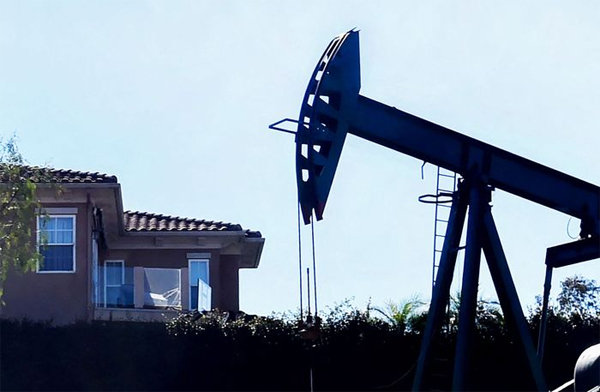
Myra P. Saefong/MarketWatch
SAN FRANCISCO
EnergiesNet.com 08 25 2022
Oil futures ended with a loss on Thursday, with U.S. and global benchmark prices easing back after posting gains in each of the past two sessions.
Traders continued to weigh the possibility of an Iran nuclear deal and whether major producers in OPEC will decide to cut production when they meet in less than two weeks.
Price action
- West Texas Intermediate crude for October delivery CL.1, -0.92% CLV22, -0.90% CL00, -0.91% fell $2.37, or 2.5%, to settle at $92.52 a barrel on the New York Mercantile Exchange.
- The front-month October Brent crude oil contract BRNV22, -0.62% shed $1.88, or 1.9%, to $99.34 a barrel on ICE Futures Europe. On Wednesday, Brent and WTI marked their highest settlements since July 29, according to Dow Jones Market Data.
- September gasoline RBU22, -0.94% settled at $2.8121 a gallon, up 0.4%.
- September heating oil HOU22, 0.66% fell 1.6% to $3.9491 a gallon after a 4.5% climb on Wednesday.
- Natural gas for September delivery NGU22, 2.62% rose 0.5% to $9.375 per million British thermal units.
What’s driving action in oil
Oil traders are “focused on two things and two things only,” said Naeem Aslam, chief market analyst at AvaTrade. “That is the possibility of the Iranian nuclear deal taking place, which could bring Iranian oil on the market and secondly, and more importantly, the output from the OPEC cartel.”
There are a “lot of rumors in the market that Iran’s nuclear deal is highly possible as apparently, the country has dropped some important demands from its deal,” he said in a market update. “The tone from the U.S. and its European allies seems to be highly positive” and indicates that a deal is likely to be reached.
News reports Wednesday said Iran was assessing the U.S. response to the European Union’s draft nuclear agreement, but reports also said that the U.S. rejected all additional conditions requested by Iran in that response.
Meanwhile, Saudi Arabia, a key player when it comes to oil production from the Organization of the Petroleum Exporting Countries, has “started to talk about scaling back OPEC’s oil output,” said Aslam. “This is addressing the core of concern among traders who were worried that Iranian oil could de-stabilize the oil supply and demand curve.”
OPEC and its allies, together known as OPEC+, plan to hold their next monthly meeting on Sept. 5.
Markets in general “remain in a holding pattern” ahead of Federal Reserve Chairman Jerome Powell’s speech Friday at the Jackson Hole economic symposium, Colin Cieszynski, chief market strategist at SIA Wealth Management, told MarketWatch. That “could indirectly impact commodities depending on how the U.S. dollar reacts to what he has to say.”
Elsewhere in energy trading, natural-gas prices made modest moves in both directions after settling Monday at the highest in just over 14 years.
For now, natural gas is “struggling to get through $10 since it was punched up ahead of the Nord Stream maintenance closure,” said Cieszynski. Russia’s Gazprom has said it will shut the Nord Stream natural-gas pipeline for three days starting Aug. 31 to perform maintenance.
On Thursday, the U.S. Energy Information Administration reported that domestic natural-gas supplies rose by 60 billion cubic feet for the week ended Aug. 12. That was more than the average forecast for an increase of 51 billion cubic feet from analysts polled by S&P Global Commodity Insights.
marketwatch.com 08 25 2022












